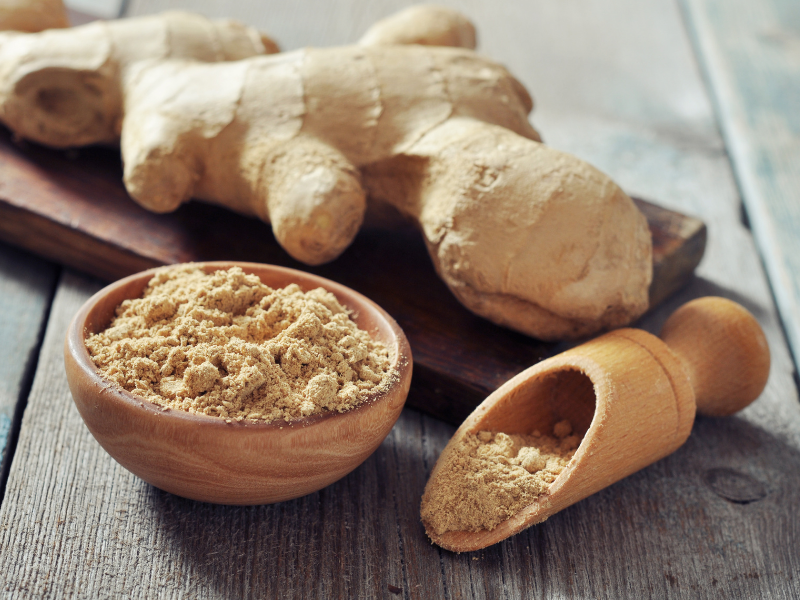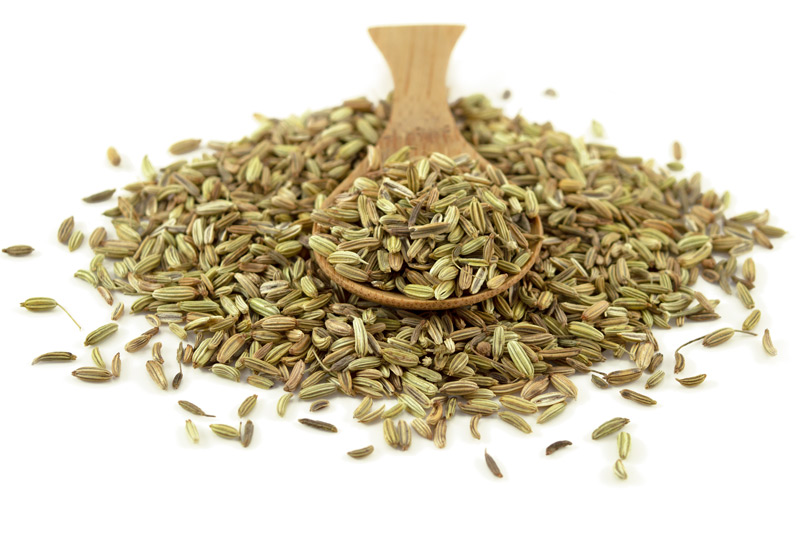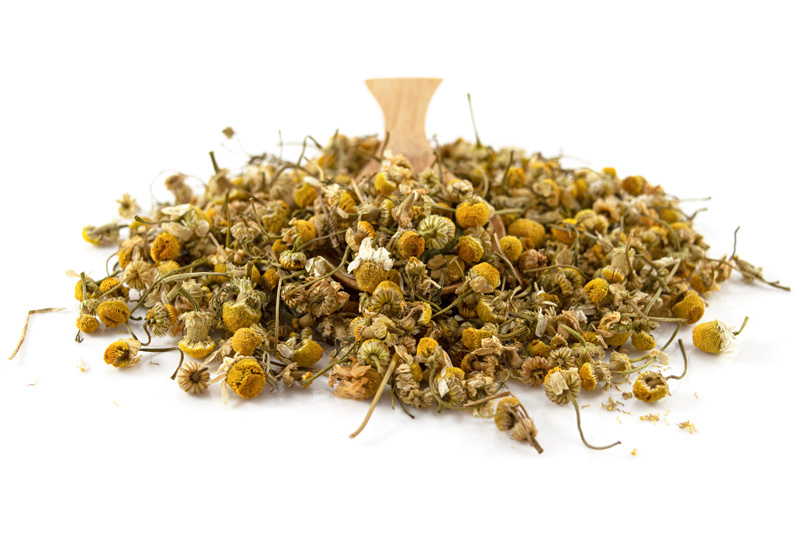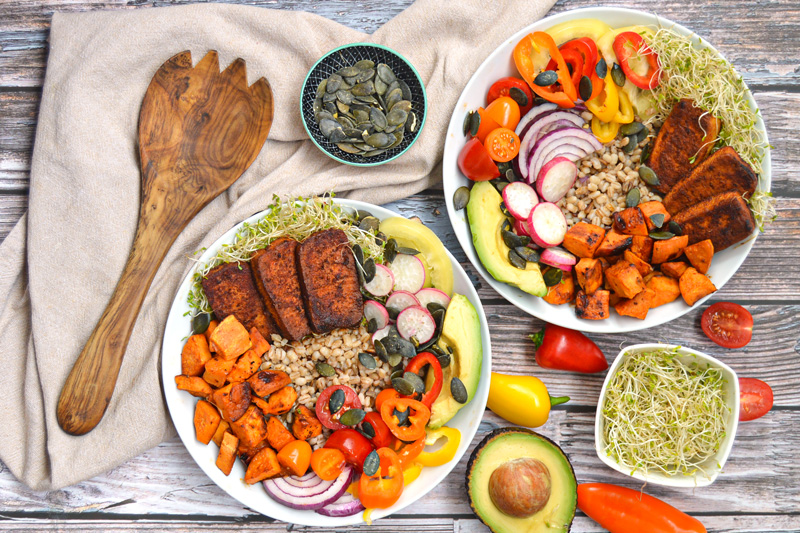Get Your Monthly Cycle To Go Down A Gear
Period pain is crippling for many women. It can involve tummy cramps, pain in the back and thighs and intensely painful spasms. These can profoundly affect mood, and have a negative effect on family life and relationships. 90% of women report having painful menstrual cramps.[1] Researchers from the British Medical Journal found that menstrual cramps cause women to lose an average of 9 days’ productivity at work every year.[2]
During periods, the womb wall contracts vigorously so the lining can be shed. This puts pressure on the blood vessels surrounding the womb, which in turn cuts off the supply of oxygen-enriched blood momentarily, setting off a chain reaction causing womb tissue to release pain-triggering chemicals. Other chemicals called prostaglandins are also released, which cause the womb muscles to contract even more, which takes the pain level higher.
It’s important to have a supply of good sanitary towels – reusable ones are excellent – as well as mood-improvers such as some Essential Oils in an Oil Burner, some lovely crisps (Eat Real‘s range is good), and some good quality Dark Chocolate (which contains plant compounds that can also help the body form more nitric oxide, which dilates blood vessels, thereby increasing blood flow). Other popular options are having a relaxing massage or a long, luxurious soak in a hot bath, with some lovely bubblebath.
There are some lesser-known ways you can reduce the effects of period pain too, though – so let’s take a look at a few of these….

In a study published in 2013, three-quarters of a teaspoon of powdered ginger taken daily was found to cut the pain of menstrual cramps by 20% compared to a placebo group.[3] Another study the following year found that a mere eighth of a teaspoon of ginger, combined with zinc, had similar results after a month compared to the placebo group, and cut pain by a further 50% the following month.[4] Participants in trials reported that the duration of pain was also reduced, by an average of 4 hours, from 19 hours to 15. Ginger also worked very well at combatting period pain when used with an analgesic anti-inflammatory.[5] An analysis in March 2021 of all existing research papers on the subject concluded that oral ginger can be a compelling treatment for primary dysmenorrhea (period pain).[6]
In a medical trial from 2012 which studied the effect of fennel seed extract on period cramps, 52% of those taking it reported the treatment was excellent (with a pain reduction of one fifth within an hour), 20% said it was moderately good, and 28% reported a slight or no effect on pain, while in the placebo group, 8% reported excellent effect, 48% moderate and 44% a slight or no effect.[7] Fennel seeds are thought to work by promoting muscle relaxation.
A growing amount of evidence suggests that magnesium deficiency may play an important role in several clinical conditions affecting women’s health, such as premenstrual syndrome, period pains and postmenopausal symptoms. In 1989, 21 out of 25 women with painful periods who were given magnesium showed a decline in symptoms, including a 45% reduction in bleeding, with no side effects.[8] Researchers in 2017 concluded that taking magnesium supplements was an effective way of dealing with painful menstrual cramps.[9]
In an Italian study published in 2012, women who had experienced at least 4 consecutive painful periods in the previous 6 months were given a single high dose of vitamin D while the same number were given a placebo. A significant reduction of pain was observed in the vitamin D group compared with the placebo group.[10] The authors of the report commented that vitamin D insufficiency is a common problem among young women, and supplementation is a very good idea for anyone seeking to reduce the pains of dysmenorrhea.
Chamomile in sufficient quantities is known to cause women’s bodies to stop producing prostaglandins, the chemicals which intensify period pains. In a roundup of all the existing medical papers, published in July 2021 by the University of Mashhad in Iran, researchers who distilled 124 articles and 7 clinical trials concluded that chamomile can be considered as an effective treatment for primary dysmenorrhea and reducing menstrual bleeding, and labelled it as an evidence-based effective herbal treatment.[11]
In a clinical trial published in the International Journal of Obstetrics & Gynaecology in 2008, researchers who gave the spice saffron to participants discovered it was very effective at relieving symptoms of PMS.[12] But wait – isn’t saffron the most expensive spice in the world? You’d have to spend a fortune using it for your monthly cycle, wouldn’t you? Well, no: the researchers in that study administered 30mg to the participants every day – or around 2 pennies’ worth! Another even more frugal set of researchers had stunning results when they exposed women with PMS and menstrual pain to an odour of saffron that was so slight that it was undetectable. Compared to a placebo group, these women showed significant reductions in stress hormone levels and psychological symptoms.[13]
In a remarkable study published in the year 2000, 33 women followed a low-fat vegetarian diet for two menstrual cycles. For two additional cycles, they followed their customary diet while taking a supplement placebo pill. Dietary intake, body weight, pain duration and intensity, and premenstrual symptoms were assessed. The dietary changes resulted in reduced duration and intensity of period pains, reduced premenstrual symptom duration, and lower body weight. The researchers believed the results were in part due to dietary influences on estrogen activity.[14]
[1]https://pubmed.ncbi.nlm.nih.gov/8532266/
[2]https://bmjopen.bmj.com/content/9/6/e026186
[3]https://jpma.org.pk/article-details/3925?article_id=3925
[4]https://pubmed.ncbi.nlm.nih.gov/24559600/
[5]https://pubmed.ncbi.nlm.nih.gov/30545531/
[6]https://pubmed.ncbi.nlm.nih.gov/33842121/
[7]https://www.ncbi.nlm.nih.gov/pmc/articles/PMC3611645/
[8]https://pubmed.ncbi.nlm.nih.gov/2675496/
[9]https://pubmed.ncbi.nlm.nih.gov/28392498/
[10]https://www.researchgate.net/publication/221868081_Improvement_of_Primary_Dysmenorrhea_Caused_by_a_Single_Oral_Dose_of_Vitamin_D_Results_of_a_Randomized_Double-blind_Placebo-Controlled_Study
[11]https://www.ncbi.nlm.nih.gov/pmc/articles/PMC8242407/
[12]https://pubmed.ncbi.nlm.nih.gov/18271889/
[13]https://pubmed.ncbi.nlm.nih.gov/21242071/
[14]https://pubmed.ncbi.nlm.nih.gov/10674588/









